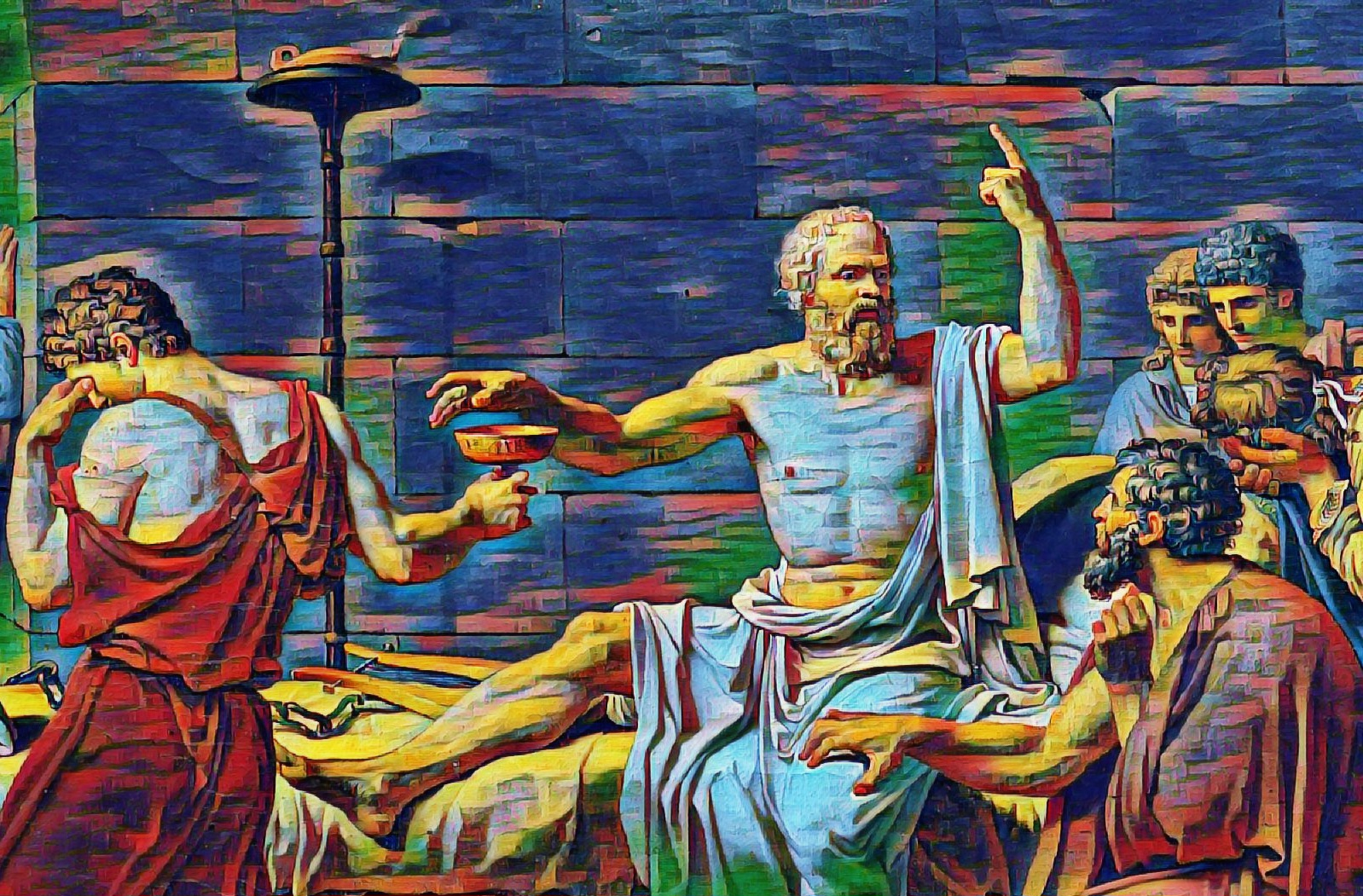As salespeople, when we are not achieving our targets, we tend to blame the competition, but the harsh reality nowadays is that nearly 50% of all the deals in B2B environment end up in “No decision”. This means that the prospects prefer to stick with their current status quo, rather than changing into something else. No matter how we view it though, the lack of decision is still a decision, basically a “No” to what we are offering.
Back in 2021, US consulting firm Gartner asked 1086 business to business companies to identify the main reasons why they cancelled or stopped a buying effort without completing it. The top five “No decision” drivers, with little percentage differences in between them, were the following: Change of priorities, High business and/or technical risks, Budget issues, Lack of satisfaction with potential solutions and Insufficient return on investment (ROI).
From the results it is evident that as sellers, we cannot focus on just one reason, but on the other hand it can be said that most of them are linked to each other. If the prospects are not satisfied with the vendors, they are struggling to understand the potential value and are lacking confidence in their ability to achieve it, then most probably the opportunity is at risk. The problem here is not that our product/service is bad or that our price is too high, but that the customers prefer to be stuck with what they are already doing. Naturally, the question that arises is if we can do something, so as to change this situation.
Primarily, we need always to remind ourselves as sales professionals that good revenue starts by focusing on the right opportunities, or as Andy Paul, renowned author and sales leader, points out: “Every minute you spend on a no-decision deal is a minute less that you could be spending on a deal that would actually close.” Therefore, it is critical that we review how we qualify our prospects, and one smart way to do that is to identify the “un-ideal” customer profile. We need to understand that the products/services that we are offering are not for everyone, so if we stop wasting time with “un-ideal” prospective clients as early as possible in the sales cycle, then we will surely find more time to focus on prospects that will be more likely to become buyers.
Another thing that we can do to combat “No decision”, is to use the Socratic method, named after the Greek philosopher Socrates, aiming to challenge the customer’s status quo, which prevents them from taking a decision. People using this method are acting mostly as facilitators rather than providers of information, asking a series of questions designed to stimulate critical thinking, so as to help a person or group discover their beliefs about some topic, considering why things are a certain way.
In our case, salespeople instead of trying to explain to their prospects the cost of doing nothing, should rather be asking the right questions, to help their customers explaining to themselves the financial and other consequences of maintaining the status quo. These questions should be focused on assisting the prospects to validate the impact of the problem that they are faced with and to quantify the cost, so that the urgency to solve it becomes a priority.
As Sales professionals, we are selling change, we are selling risk, but we are also selling a better future for our customers. “No decision” is rarely good for any of the parties involved as they go through the entire buying process, only for nothing to happen in the end. If we are more selective with the opportunities that we choose to pursuit and if we use the tested and tried method of Socrates, which can help our prospects to understand the implications of sticking to the current status quo, then most probably we will become more successful in achieving our targets.



